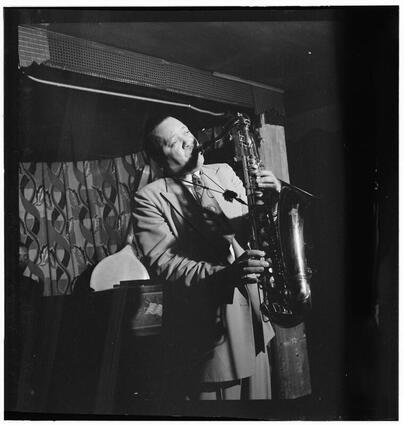Cool
 When we talk of someone being cool, do we mean that they are feeling a bit chilly standing outside on a blustery autumn day without a warm sweater?
When we talk of someone being cool, do we mean that they are feeling a bit chilly standing outside on a blustery autumn day without a warm sweater?Cool, meaning not warm or not too cold, has its origins in Old English col, Proto-Germanic koluz, and the Proto-Indo-European root gel (cold, to freeze).
In the 14th century, cool also meant manifesting coldness, apathy, or dislike. Even today, to be ‘cool to the idea’ means to be unconvinced.
In the 14th century, the poet Geoffrey Chaucer used cool to describe someone’s wit. In the late 16th century, in A Midsummer Night’s Dream (Act 5, Scene 1), Shakespeare wrote, “Lovers and madmen have such seething brains, such shaping fantasies, that apprehend more than cool reason ever comprehends.”
In the early 1700s, a cool amount of money meant a very large amount of money. Cool-headed, meaning not easily excited or confused, is from 1742. Cool, meaning calmly audacious, is from the early 1900s.
In the 1930s, cool was a casual expression used to mean something intensely good. “The slang use of cool to mean fashionable is by 1933, originally African-American vernacular; its modern use as a general term of approval is from the late 1940s, probably via bop talk and originally in reference to a style of jazz” (Online Etymological Dictionary).
“The jazz saxophonist Lester Young was the first to say “I’m cool” in reference to a state of mind: it meant he felt relaxed, safe, and laid-back in the environment. Young’s use of the phrase also encoded a certain protest during the era of racial segregation: “I’m cool” meant “I’m keeping it together—in mind and spirit—against oppressive social forces.” Cool came into common use among Black Americans in the 1930s as a term for calming someone down from emotional stress” (The National World War II Museum).
Marc Bain, writing in Quartz in 2020, states, “Where for most of its history cool was characterized by a reserved dispassion, to be cool now often includes being informed and concerned about what’s happening in the world—or, at minimum, looking like you do.”
Sometimes when I am reviewing the key points when concluding a course on effective instruction, I will ask participants, tongue in cheek, “Who would like to be seen by their learners as a ‘cool’ instructor?” I pause. There’s silence—no one ever admits that they’d like to be a cool instructor. It’s as if this feels uncomfortable—is it cool to say you’re cool?
After the brief pause and a wink, I say, “If you want to be a cool instructor, put a little ICE into your work!” And the group groans. Why? Because during the course, when discussing the characteristics of effective instruction or of an effective instructor, three items that most often appeared on lists were Interaction / Involvement, Communication / Clarity, and Enthusiasm. In short, I C E.
Image: Lester Young: Library of Congress Public Domain Archive.
Reference: Online Etymological Dictionary, https://www.etymonline.com/
https://www.neh.gov/humanities/2014/julyaugust/feature/how-did-cool-become-such-big-deal
https://qz.com/1896190/what-does-cool-mean-in-2020
https://www.nationalww2museum.org/war/articles/origins-of-cool-in-post-wwii-america
Published on October 26, 2023 21:07
No comments have been added yet.



